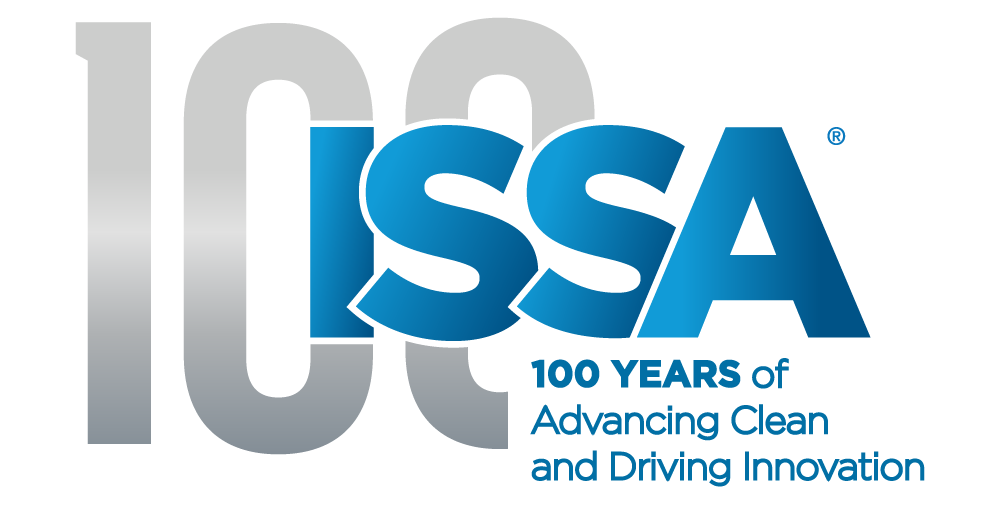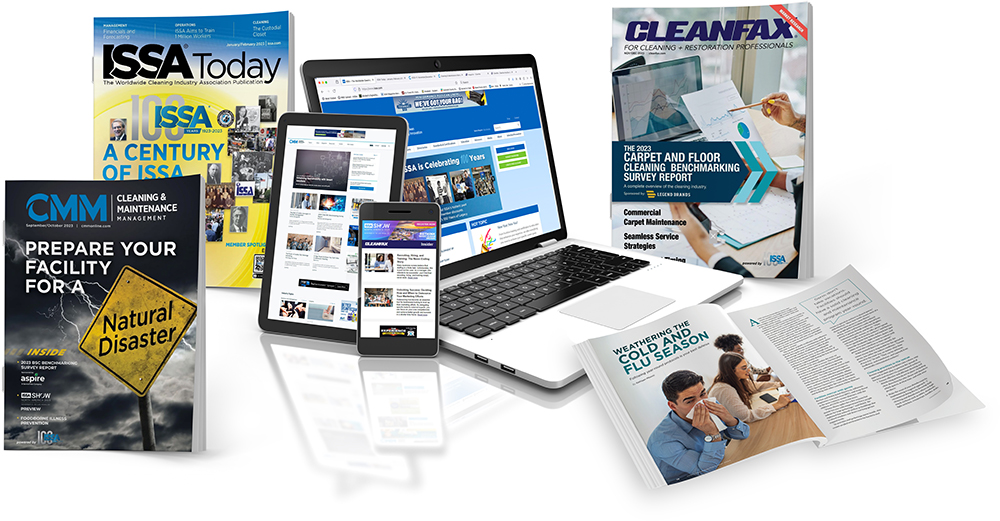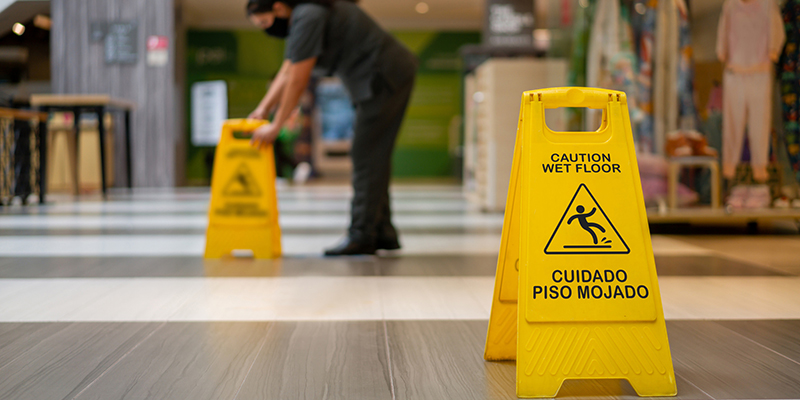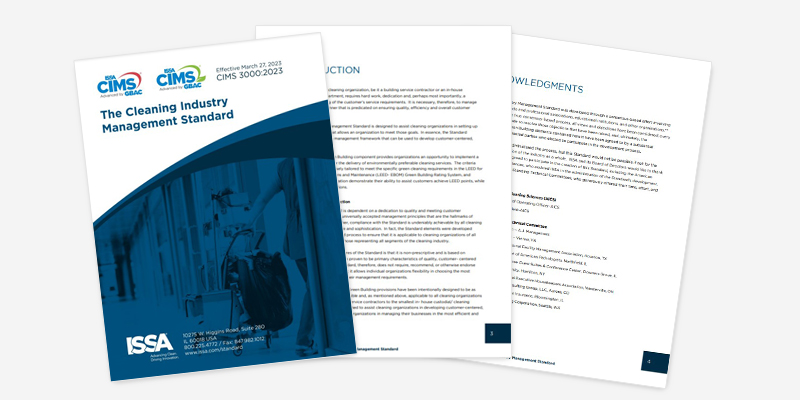What is Biohazard Cleaning? An Essential Guide
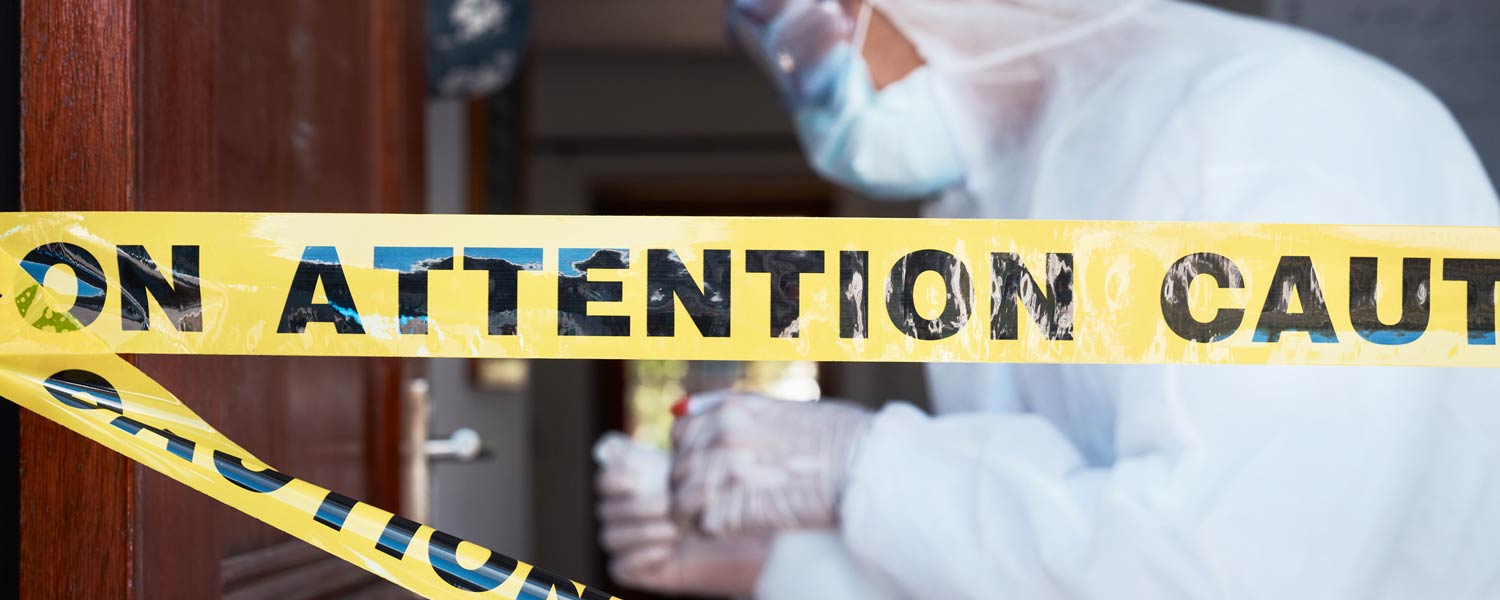
Biohazard cleaning is the specialized process of removing and sanitizing areas contaminated by biological hazards, such as blood, bodily fluids, and other potentially infectious materials. This essential service requires trained professionals and specialized equipment to ensure a safe and thorough cleanup. For those interested in gaining expertise, the ISSA Healthcare Facility Cleaning Course provides an in-depth program covering the essentials of biohazard and healthcare cleaning, equipping cleaners to handle various hazardous environments with precision.
Why is Biohazard Cleaning Important?
This type of cleaning is critical to safeguarding public health and the well-being of anyone who may come into contact with contaminated areas. Unlike standard cleaning, it addresses conditions that pose serious health risks, such as bloodborne pathogens and infectious bacteria. When contaminants like blood or bodily fluids are not properly cleaned, they can spread diseases and harm those in the vicinity. Professionals in this field take extensive precautions to remove these hazards, helping to prevent the spread of illness and keeping spaces safe.
Biohazard services are particularly important in sensitive environments like healthcare facilities, where exposure to contaminants is more frequent. In these spaces, cleanliness directly impacts patient safety, as exposure to improperly managed hazards can result in serious infections. Whether it’s a hospital, crime scene, or even a business setting, cleaning of this nature ensures the area is restored to a safe, usable state.
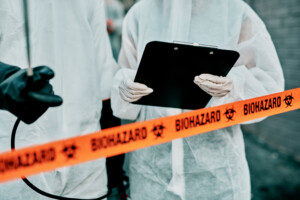
Situations Requiring Biohazard Cleaning
Biohazard cleaning is needed in a variety of situations, particularly when traditional cleaning methods are insufficient. Common scenarios include:
- Crime Scenes: Specialized cleaning is often essential at crime scenes where blood or bodily fluids may have been left behind. Proper techniques are crucial for ensuring these areas are safe.
- Unattended Deaths: When a death goes undiscovered for a period of time, specialized cleaning is required to address decomposition and potential health hazards.
- Industrial and Workplace Accidents: Accidents in workplaces, especially in industrial settings, can result in exposure to hazardous materials that need specialized cleaning.
- Medical Facilities and Laboratories: Spills or accidents involving blood or biological materials require this approach to protect patients and staff.
By engaging professionals for these sensitive situations, spaces can be thoroughly disinfected and restored, reducing the risk of lingering contaminants.
Step-by-Step Biohazard Cleaning Process
Biohazard cleaning follows a structured, multi-step process to ensure all contaminants are safely removed. Here’s a closer look at how it works:
- Assessment: A thorough assessment of the contaminated area is conducted to determine the extent of the cleanup required. This step includes selecting proper cleaning agents, equipment, and personal protective equipment (PPE) to ensure safety.
- Containment: Containment of the area is critical. Professionals use barriers to prevent contaminants from spreading to other parts of the facility.
- Removal of Contaminants: Visible contaminants, such as blood and other bodily fluids, are carefully removed and disposed of according to local regulations. This is one of the most vital steps, as improper disposal can lead to health hazards.
- Disinfection: After removing visible contaminants, the area undergoes comprehensive disinfection. Experts use specialized disinfectants to kill any remaining pathogens and reduce the risk of infection.
- Final Inspection and Clearance: A final inspection is performed to ensure the space is entirely clean and safe. The area must pass rigorous checks to be considered fully restored.
Each stage in this cleaning process is essential for thoroughly eliminating contaminants and restoring a safe environment.
Who Should Perform Biohazard Cleaning?
Only trained professionals with proper certification should handle this kind of cleaning. Technicians undergo rigorous training to understand the risks of various contaminants and the best practices for safe and effective cleanup. They are equipped with personal protective equipment (PPE) like gloves, masks, and coveralls to prevent exposure. Moreover, companies specializing in this work comply with strict regulations, such as OSHA standards, to ensure that all work is performed safely and responsibly.
For those seeking formal training, the ISSA Healthcare Facility Cleaning Course provides a comprehensive curriculum covering the required skills, techniques, and safety standards.
Misconceptions about Biohazard Cleaning
There are several misconceptions about this type of work that are worth addressing:
- It’s Like Regular Cleaning: Many people mistakenly believe that biohazard cleanup is similar to deep cleaning, but it requires specialized knowledge and tools. This type of cleaning goes beyond basic practices, focusing on eliminating potential health risks.
- Standard Products Work: Unlike traditional cleaning supplies, biohazard products are specially formulated to eradicate pathogens. Ordinary products aren’t effective enough for this kind of cleanup.
- Anyone Can Do It: This work requires training, certification, and experience to ensure contaminants are removed safely. Untrained individuals lack the expertise and equipment to handle hazardous situations effectively.
Legal and Ethical Standards in Biohazard Cleaning
This type of cleanup is regulated by specific legal standards to ensure public safety. OSHA standards guide the handling, disposal, and documentation involved in biohazard work, helping protect workers and the public. Furthermore, there are ethical responsibilities, particularly when working in sensitive settings like crime scenes. Professionals in this field are trained to handle these situations respectfully, ensuring discretion and empathy.
Compliance with these standards is crucial for companies to maintain their reputations and avoid potential legal issues. To read more about OSHA’s regulations and standards, refer to the OSHA Bloodborne Pathogens Standard.
Innovations and Future Trends in Biohazard Cleaning
As awareness about health risks increases, this industry continues to advance. New technologies and products enhance safety and effectiveness, including more efficient PPE and improved disinfectants. Additionally, the industry is moving toward eco-friendly products to reduce the environmental impact of cleaning chemicals.
Training programs are also evolving, providing more comprehensive education on biohazard handling. Courses like the ISSA Healthcare Facility Cleaning Course integrate the latest best practices, enabling professionals to stay up-to-date with advancements in the field.




